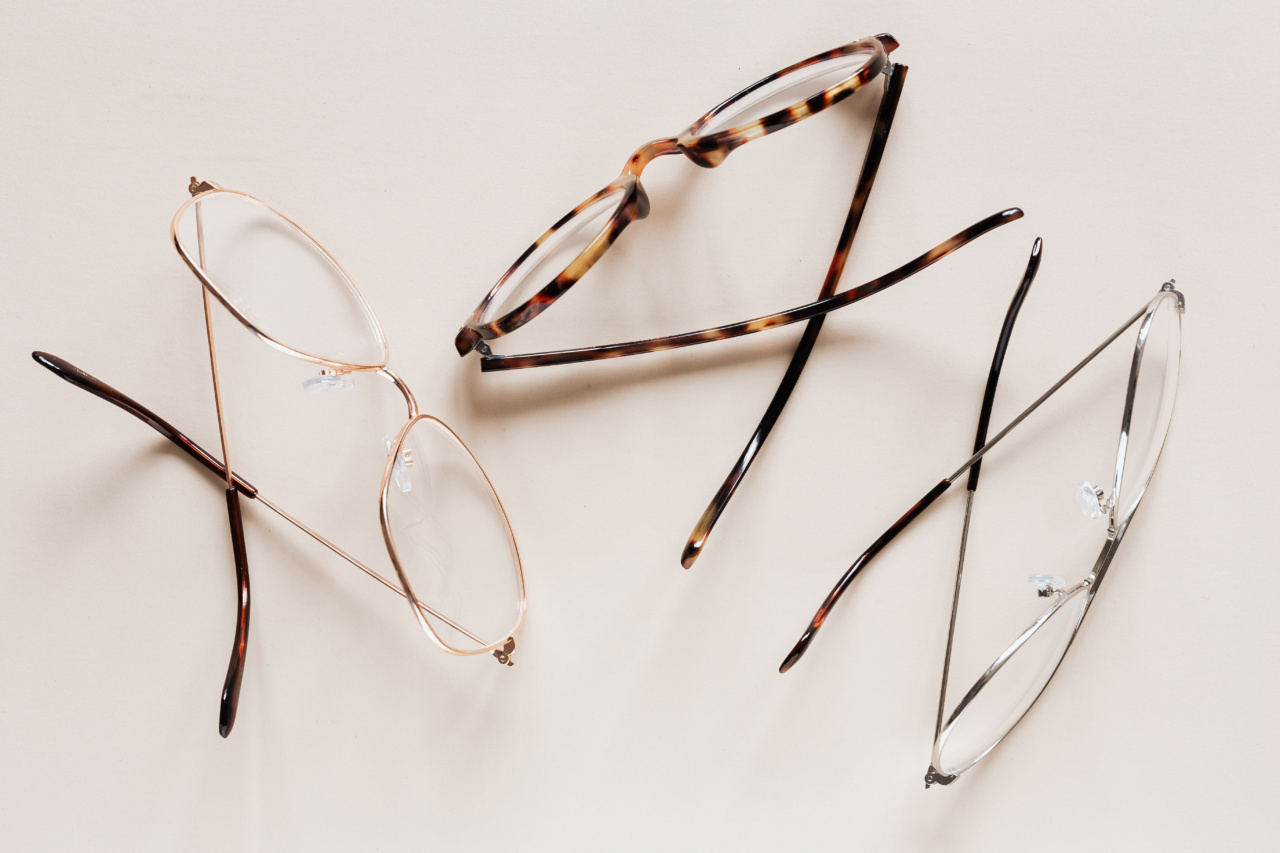Parkinson’s disease is a progressive neurological disorder that primarily affects motor skills. However, many individuals with Parkinson’s disease also experience various non-motor symptoms, including visual problems.
In fact, changes in vision can occur early on in the disease progression, often as one of the initial symptoms. This article will explore the relationship between Parkinson’s disease and vision, highlighting the common visual problems experienced by individuals with this condition.
Understanding Parkinson’s Disease
Parkinson’s disease is a chronic and degenerative neurological condition that affects the dopamine-producing cells in a specific region of the brain called the substantia nigra.
As these cells die, the production of dopamine decreases, leading to the characteristic symptoms of Parkinson’s disease.
The primary symptoms of Parkinson’s disease include tremors, stiffness, bradykinesia (slowness of movement), and postural instability. These motor symptoms are well-known and often associated with the disease.
However, many individuals are unaware of the non-motor symptoms that also accompany Parkinson’s disease, including visual problems.
Parkinson’s Disease and Visual Problems
Visual problems in Parkinson’s disease can manifest in various ways and affect different aspects of vision. Some of the most common visual symptoms experienced by individuals with Parkinson’s disease include:.
1. Blurred Vision
Blurred vision is a prevalent visual complaint among individuals with Parkinson’s disease. It can affect both near and distance vision and is often described as a loss of visual sharpness or clarity.
The blurriness may fluctuate throughout the day, with some individuals reporting that it improves with blinking or changes in lighting conditions.
2. Double Vision
Double vision, or diplopia, is another visual problem that can occur in Parkinson’s disease. It occurs when an individual sees two images instead of one.
Double vision can be present in one eye or both eyes and can significantly impact a person’s ability to perform daily activities like reading or driving.
3. Difficulty with Depth Perception
Parkinson’s disease can disrupt depth perception, making it challenging for individuals to accurately judge distances. This can lead to difficulties with navigating stairs, reaching for objects, or perceiving objects in three-dimensional space.
Impaired depth perception can increase the risk of falls and accidents.
4. Reduced Contrast Sensitivity
Contrast sensitivity refers to the ability to distinguish between an object and its background based on differences in brightness.
Individuals with Parkinson’s disease often experience reduced contrast sensitivity, which can make it difficult to see subtle details or distinguish between objects that have similar colors or tones.
5. Eye Movement Disorders
Parkinson’s disease can cause various eye movement disorders, including saccadic dysfunction and ocular motility disorders. Saccades are rapid eye movements that allow us to shift our gaze from one object to another.
In Parkinson’s disease, these eye movements can become slower or jerky, leading to difficulties in tracking moving objects or scanning the environment.
6. Dry Eyes
Many individuals with Parkinson’s disease experience dry eyes, a condition characterized by insufficient tear production or rapid tear evaporation. Dry eyes can lead to discomfort, redness, and a feeling of grittiness in the eyes.
It can also affect visual acuity and contribute to blurry vision.
7. Color Vision Deficits
Some studies suggest that individuals with Parkinson’s disease may have difficulties distinguishing between certain colors or perceiving colors accurately.
This color vision deficit can affect the ability to differentiate colors in the environment and may impact tasks that rely on color discrimination, such as reading charts or interpreting traffic lights.
8. Visual Hallucinations
Visual hallucinations, although less common, can occur in Parkinson’s disease. These hallucinations are typically vivid and can involve seeing people, animals, or objects that are not present.
Visual hallucinations are thought to be associated with changes in the brain that affect visual processing and perception.
9. Freezing of Gaze
Freezing of gaze is a phenomenon characterized by a temporary inability to voluntarily move the eyes. It can lead to a sudden and transient fixation of gaze, making it challenging to shift visual attention or track moving objects.
Freezing of gaze can significantly interfere with daily tasks and increase the risk of falls due to impaired navigation.
10. Visual Field Loss
Some individuals with Parkinson’s disease may experience visual field loss, a condition in which there is a decrease in the extent of one’s peripheral or central vision.
Visual field loss can create blind spots or tunnel vision, limiting the individual’s ability to perceive the full visual scene.
Conclusion
Parkinson’s disease is not solely a motor disorder; it also affects various aspects of vision. Visual problems in Parkinson’s disease can occur early on and can significantly impact an individual’s quality of life.
Recognizing and addressing these visual symptoms is crucial for optimal management of Parkinson’s disease.
If you or a loved one are experiencing any visual problems alongside Parkinson’s disease, it is essential to consult with a healthcare professional, ideally one who specializes in neuro-ophthalmology, for a comprehensive evaluation and appropriate management.




























